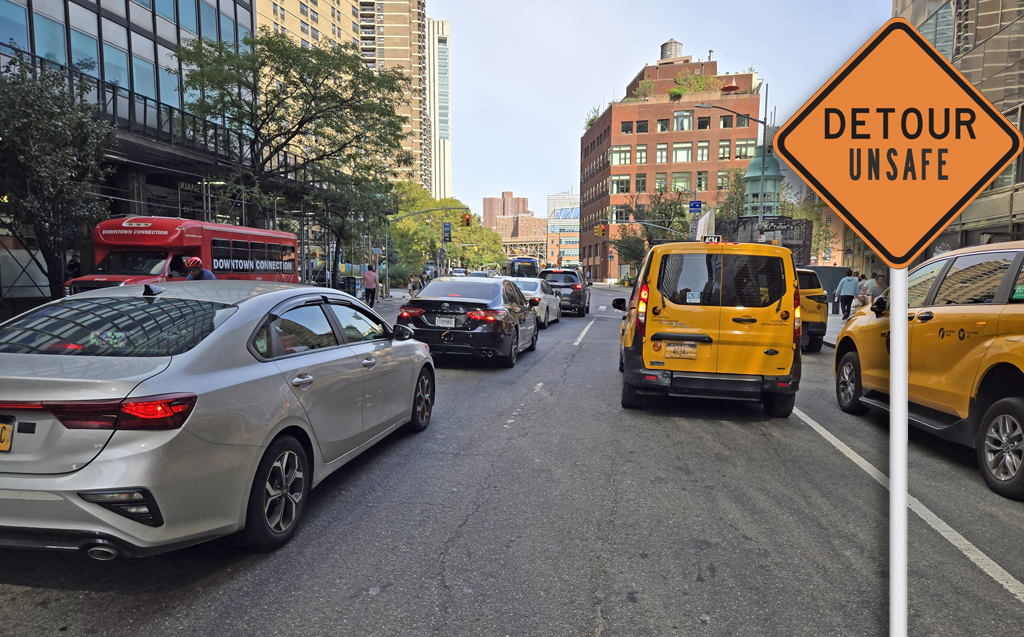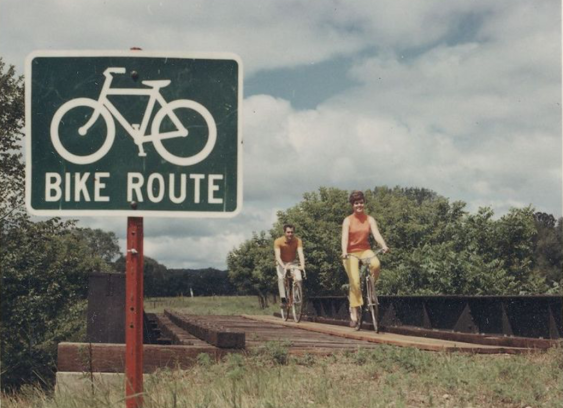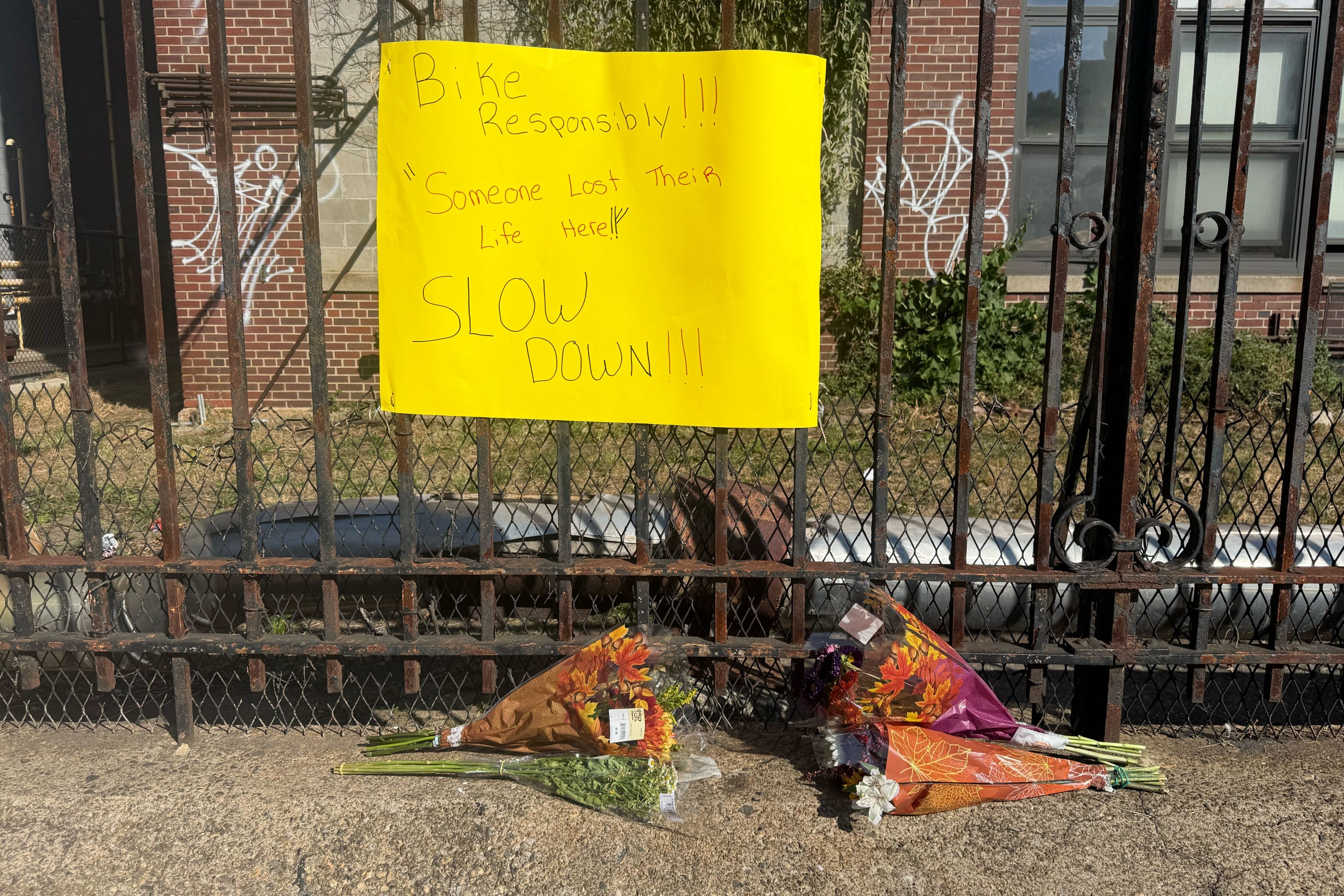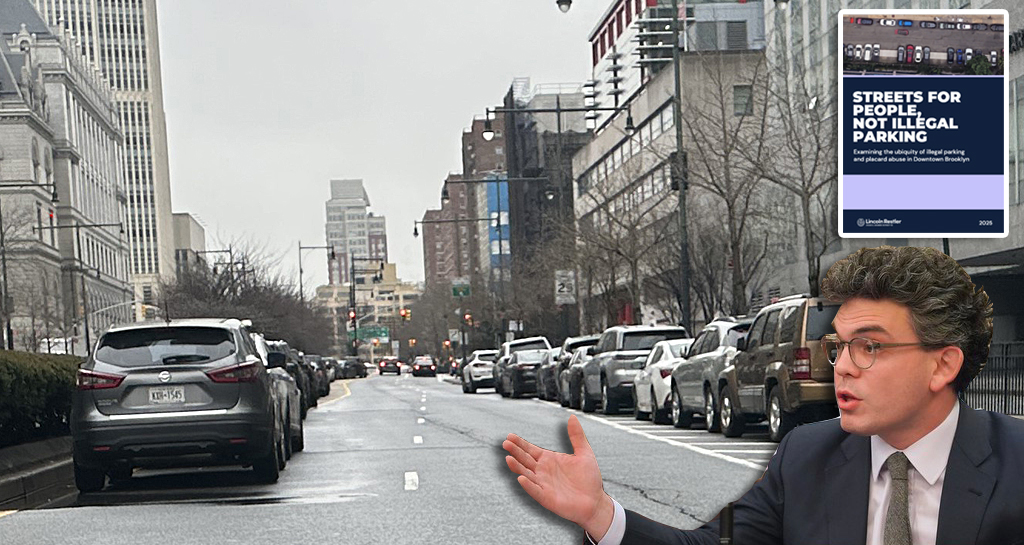
Ever since the State Senate killed bridge tolls in the 2009 MTA funding package, the question has lingered: How is Albany going to finish the job and pay for the final three years of the MTA's five-year capital program?
To simplify somewhat, the options were: A) Implement a new revenue stream, such as the aforementioned bridge tolls or congestion pricing; B) Make deep cuts in the MTA capital program and give up on finishing mega-projects like the Second Avenue Subway and East Side Access; or C) Borrow, borrow, borrow, and make transit riders pay later.
The big news today is that Albany is going with Option C. To fill the $9 billion gap in the capital program, the MTA will borrow about $7 billion and scrounge up the rest from what seems to be a set of one-shot deals. The one-shots include transparent gimmicks like selling transit vehicles to the Port Authority for a lump sum up front, then leasing them back.
All of which is bad news for transit riders. The more the MTA has to borrow, the more it will have to spend on debt service and the less will be available to run trains and buses. Riders will have to pay more at the farebox to keep transit service from deteriorating.
While the MTA apparently believes it can avoid large, unplanned fare hikes in the next four years (increases of 7.5 percent are planned for 2013 and 2015), make no mistake: The only people who are being asked to pay for the remainder of this capital program are transit riders. Eventually, high debt payments will kick in and the upward pressure on the fare will be enormous.
Right now, the MTA's total operating budget is about $12 billion. Under a debt-backed scheme like what Albany and the MTA are proposing, debt service will consume $3.5 billion of that budget by 2018, according to a forecast by the state comptroller's office last year [PDF].
"This is another 'Make Your Kids Pay!' plan that simply kicks the problem down the road to the next generation," said Kate Slevin of the Tri-State Transportation Campaign.
If the pain won't be felt at the farebox immediately, so much the better for the political leaders whose decisions got New York City's transit system to this point.
To recap: In 2008, congestion pricing died in Sheldon Silver's Assembly; in 2009, the Fare Hike Four kept the State Senate from enacting bridge tolls; and even now, Governor Andrew Cuomo and the state legislature are passing up the chance to fund transit while fixing NYC's irrationally priced road system, which causes toll-shopping drivers to clog the streets leading to the city's free bridges.
Andrew Grossman at the Wall Street Journal reports:
The MTA had hoped to find new revenue to pay for its plan, officials said. But they were rebuffed by lawmakers and Cuomo administration officials in Albany, who said there was no appetite for any sort of new taxes.
Let's be clear. When it comes to transit funding, the choice Albany faces right now is not between "new taxes" and "no new taxes." Cuomo and the legislature could have decided to design a more functional transportation system, where motorists pay for the infrastructure they use and contribute to the transit system that keeps roads passable, where bus riders don't get bogged down in so much traffic, and where transit is funded properly. Instead they chose to let the dysfunction on the streets continue and saddle transit riders with a future of higher fares.





